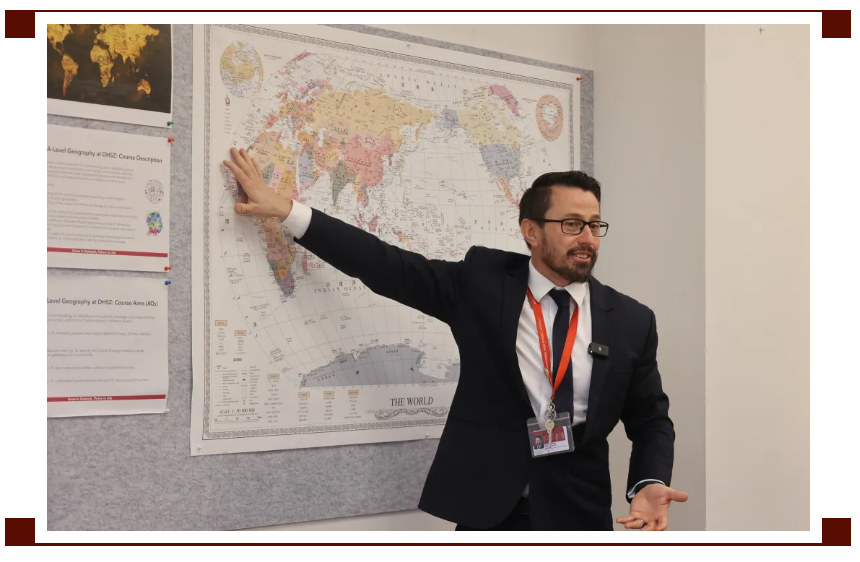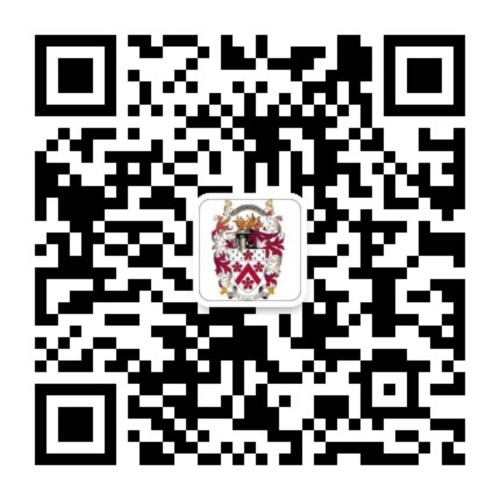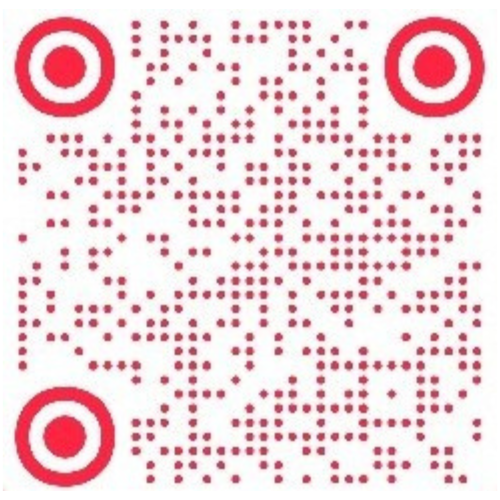Open Class Ep.17 Redefining Learning in Geography
Yet at DHSZ, geography learning goes beyond textbook knowledge: interactive discussions, collaborative investigations, digital tool integration, and reflective practice empower students to tackle global issues in real-life contexts. Today, we step into Mr Simon Johnston’s geography class to hear how he guides students in dissecting the complex topics of population change and management, showcasing DHSZ’s unique interdisciplinary approach—and demonstrating that geography is not merely a subject, but a vital window to understanding the world.
Igniting Thought: from A ‘Do Now’
“Why do some countries have ageing populations while others grow rapidly—and how do governments manage this?”
Mr Johnston’s begins his class by posing the above question. This question immediately sparks curiosity and engages students in considering that population change is not just a matter of numbers, but one that impacts national economies, societies, and even global sustainability. As Mr Johnston explains, “I want students to realise that population change is more than mere statistics—it directly influences a nation’s economic, social and sustainable future.” Following this, the class delves into four key areas: natural increase, demographic transition, population-resource relationships, and population management policies. “My aim is to help students understand how various factors shape population trends – and how this knowledge can enhance our understanding of the world,” he adds.
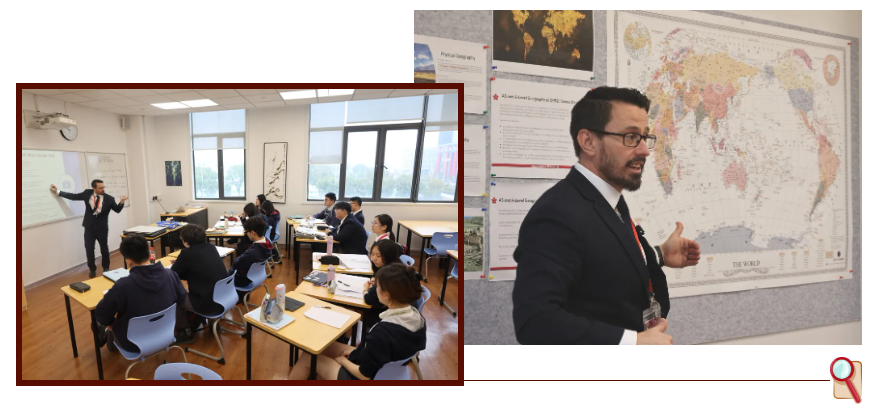
Collaborative Learning, Peer Teaching
Mr Johnston employs collaborative learning as a powerful tool to unravel complex topics. To deepen students’ understanding of population dynamics, he designs a series of interactive activities: a Whiteboard Team Challenge and an Expert Jigsaw Group exercise.In the whiteboard challenge, students rapidly review and discuss key concepts, laying the groundwork for deeper exploration. In the jigsaw activity, students are divided into groups, with each group assigned a specialised topic such as “Natural Increase and Population Structure,” “Demographic Transition and Ageing,” “Population-Resource Relationships and Food Security,” or “Population Management and Case Studies.” First, each group masters its topic before teaching it to their peers—a process that fosters peer learning and cultivates critical thinking and teamwork.
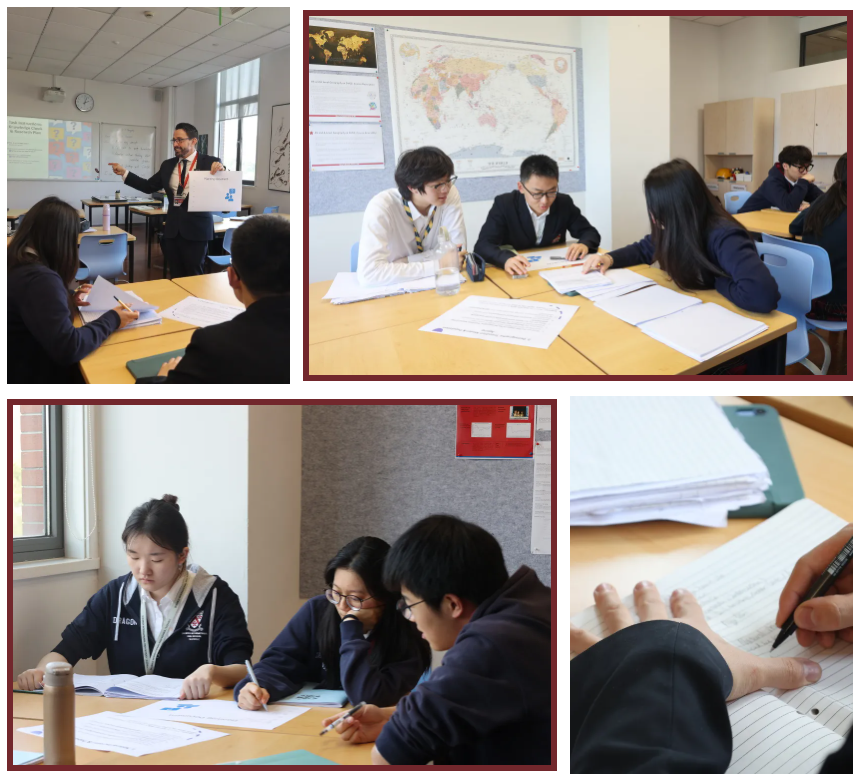
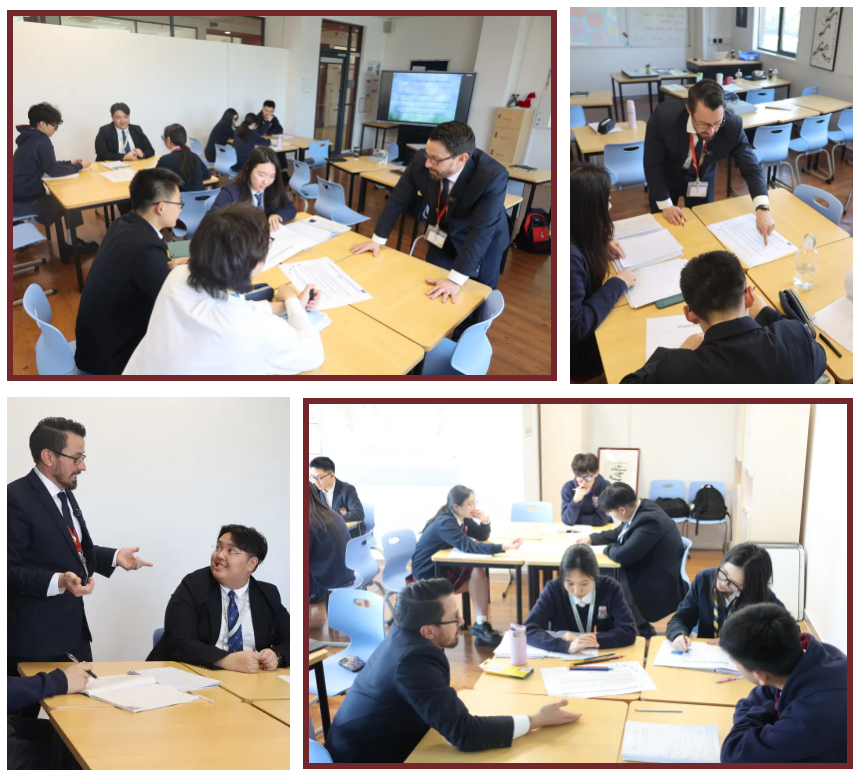
Digital Magic: From Data Visualisation to Future Skills
Following the group research, students utilise digital tools to create succinct PowerPoint presentations that convey their findings. Mr Johnston emphasises that these digital tools both help consolidate and integrate information and significantly boost their analytical and critical thinking skills. “Technology empowers students to become the masters of their own learning,” he asserts. “One group, for instance, used visualisation techniques to analyse the successes and unexpected outcomes of various anti-natalist policies, sparking an in-depth class discussion on the ethical implications—something that passive learning rarely achieves.” Moreover, Mr Johnston believes that using digital platforms equips students with essential skills for the modern workplace, including effective presentation, digital literacy, and collaborative problem-solving.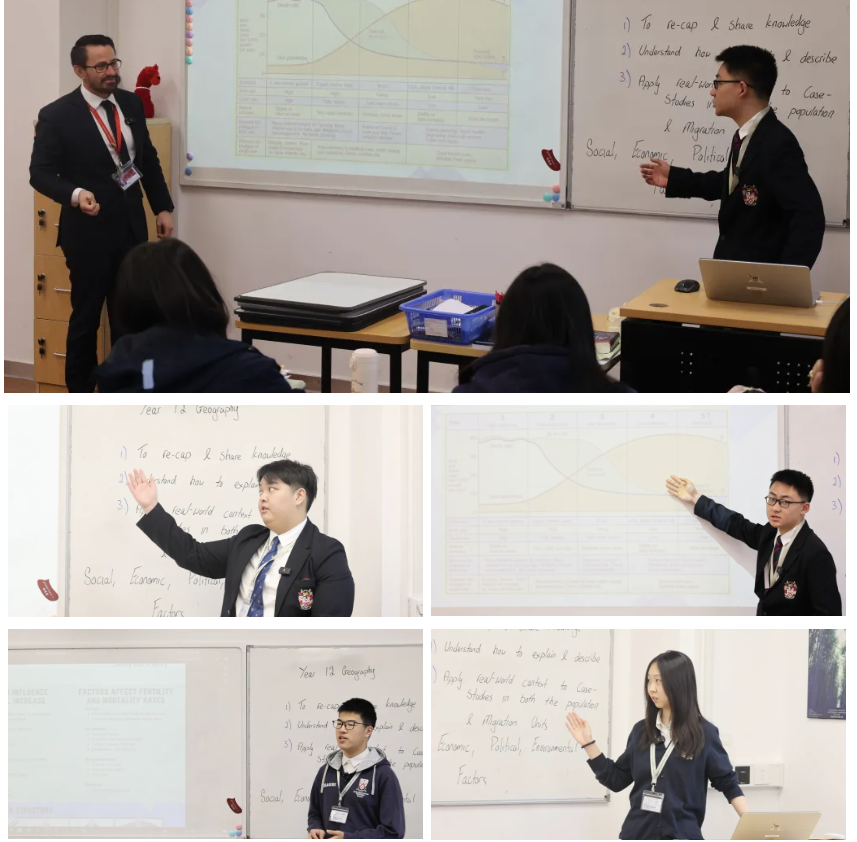
Geography: A Tool for Understanding Our World
After the group presentations, Mr Johnston and his teaching assistant, Teresa He (DHSZ alumna -Class of 2021, now doing internship at our school), provide detailed feedback on each group’s work. They not only commend the strengths of each presentation but also offer targeted suggestions for improvement, thereby helping students refine their understanding and application of population management strategies. This immediate feedback deepens students’ grasp of complex concepts. The lesson then moves into a reflective discussion, where students debate topics such as the ethical challenges of population management and the impact of climate change on food security. In this process, students learn to weigh evidence, form judgements, and relate theoretical knowledge to real-world challenges. As Mr Johnston remarks, “The reflection stage shows students that geography is not just theory—it is a powerful tool for understanding and improving the world.”
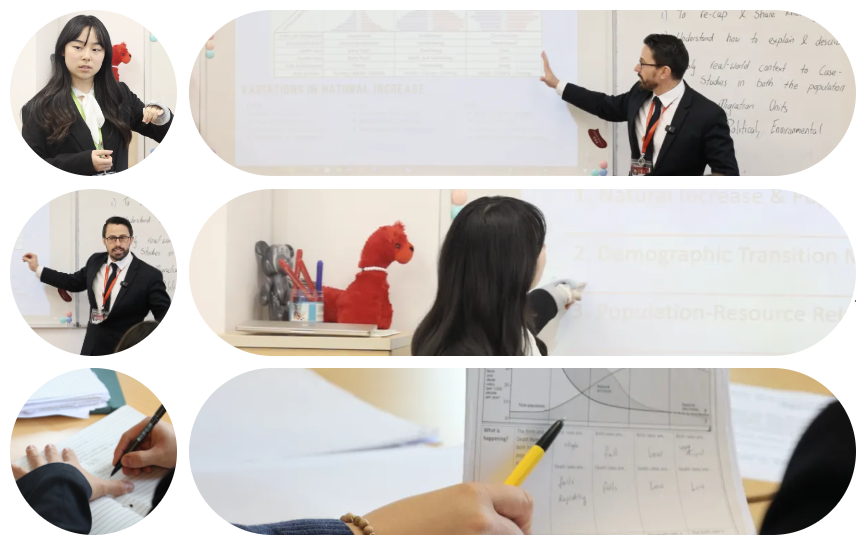
Stepping into Geography, Embracing the World
Mr Johnston believes that the distinctive strength of DHSZ’s geography education lies in its seamless integration of human and physical geography. By encouraging students to examine global issues from cultural, political, economic, and environmental perspectives, the curriculum goes beyond rote learning. Through a diverse range of teaching strategies—from thought-provoking questions and collaborative discussions to digital integration and reflective practice—students not only learn to analyse population data but also gain the skills to apply this knowledge to real-world challenges. These skills, including critical thinking, teamwork, digital fluency, and global awareness, are invaluable for lifelong success.
As Mr Johnston said, “Whether we’re exploring migration trends, climate change or urban planning, students learn to question, evaluate and solve problems. Geography here is not just a subject—it’s a mindset that prepares them for future challenges.”
